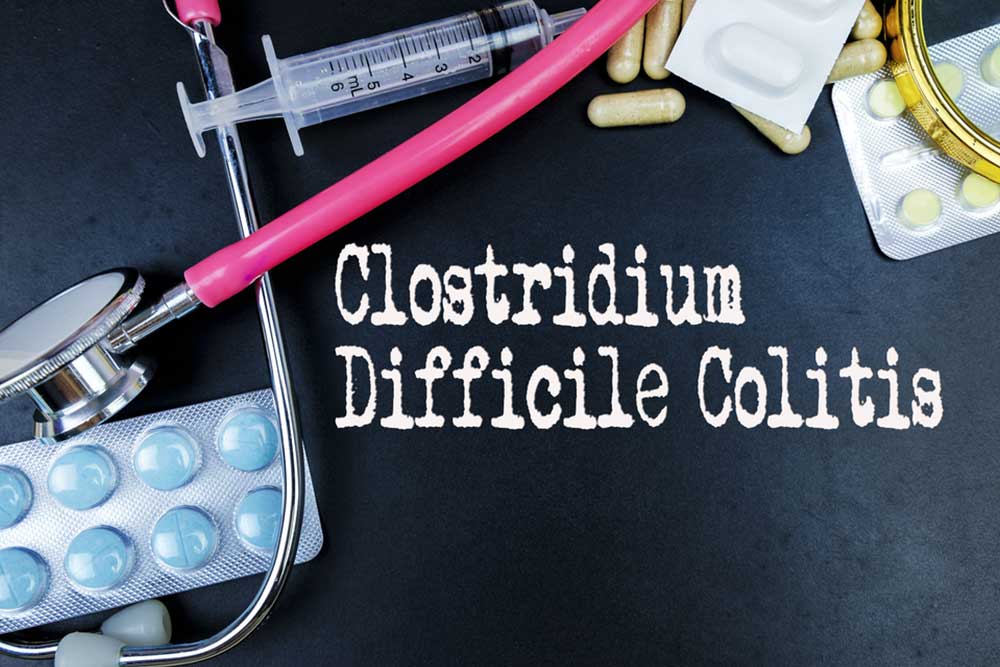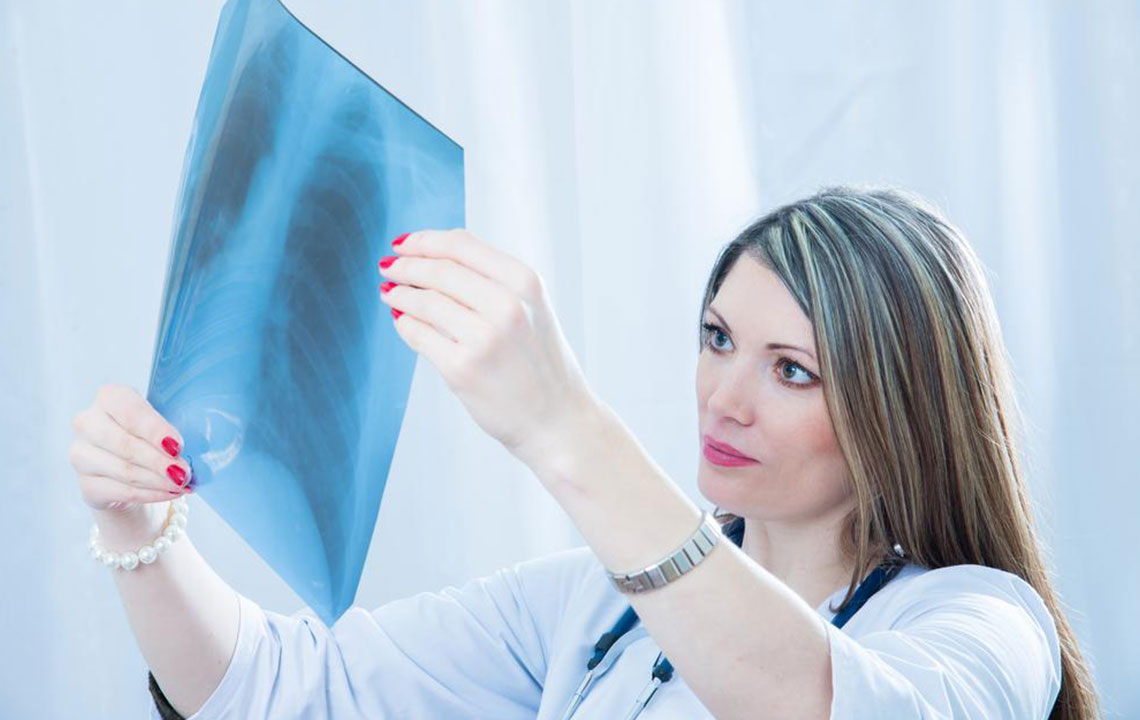Comprehensive Guide to Recognizing the Signs and Symptoms of C. Difficile Infection
This comprehensive article provides detailed insights into the signs and symptoms of C. difficile infection, emphasizing early detection, severity, and treatment options. It covers initial mild symptoms like diarrhea and cramps, progressing to severe symptoms such as dehydration, fever, and extensive inflammation. Recognizing these indicators promptly can lead to better outcomes, reduce complications, and prevent the spread of infection. The article is essential for patients, caregivers, and healthcare providers aiming to combat this serious bacterial threat effectively and stay informed about current trends and symptoms associated with C. diff.

Understanding the Indicators and Manifestations of C. Difficile Infection
Clostridium difficile, commonly known as C. diff, represents a significant health threat caused by a harmful bacterial pathogen. It predominantly affects vulnerable populations, notably older adults in healthcare facilities, where it can lead to severe intestinal conditions. Nonetheless, emerging research highlights that C. diff infections are no longer limited to hospital settings or individuals with recent antibiotic use. Instead, increasing numbers of healthier, younger individuals with no significant healthcare exposure are also contracting this infection. Annually, nearly 500,000 individuals are diagnosed with C. diff infections, and the severity of these cases appears to be escalating, making treatment more complex and demanding.
Early detection through understanding symptoms is crucial for effective treatment and recovery.
Initial or Mild Symptoms of C. Difficile Infection
Many individuals carrying C. diff bacteria may not show any symptoms at all, termed asymptomatic carriers. When symptoms do occur, they typically develop within 5 to 10 days of starting antibiotics, although in some cases, symptoms can manifest months later. Recognizing these early signs is essential for prompt diagnosis and intervention. Typical early symptoms include:
Persistent watery diarrhea, often occurring three or more times per day over a span of two days
Mild abdominal cramps and tenderness, which may be mistaken for other gastrointestinal issues
The presence of these symptoms warrants attention, especially after recent antibiotic use, as they can signal the onset of C. diff infection.
Progression to Severe C. Difficile Cases
If untreated or underestimated, C. diff infection may escalate into severe health complications. Severe cases are characterized by intense inflammation of the colon, leading to tissue damage, bleeding, and in some cases, pseudomembranous colitis—a serious and potentially life-threatening condition. Recognizing the symptoms of severe infection is critical for timely medical intervention. These symptoms include:
Profound dehydration, which may require hospitalization
Nausea and persistent vomiting
Noticeable weight loss due to poor absorption and reduced appetite
Loss of appetite coupled with gastrointestinal discomfort
Abdominal swelling and tenderness
Fever accompanied by chills, indicating systemic infection
Rapid or irregular heartbeat
Frequent episodes of diarrhea, sometimes reaching 10–15 times daily
Elevated white blood cell count, indicative of an immune response to severe infection
It is common for patients who have recently completed antibiotics to experience ongoing loose stools. However, if you notice watery diarrhea occurring three or more times daily for over two days, it constitutes a red flag. Such persistent symptoms should prompt immediate medical consultation, as they could indicate ongoing C. diff infection requiring specific treatment strategies.
Understanding and promptly recognizing these signs and symptoms are paramount in preventing serious complications associated with C. diff infections. Early treatment can significantly improve outcomes, reducing hospital stays, minimizing the risk of further health deterioration, and cutting the chance of transmission to others. If you experience any of these symptoms, especially after antibiotic therapy or healthcare exposure, consult a healthcare professional to undergo appropriate testing and receive guidance on managing the infection effectively.





